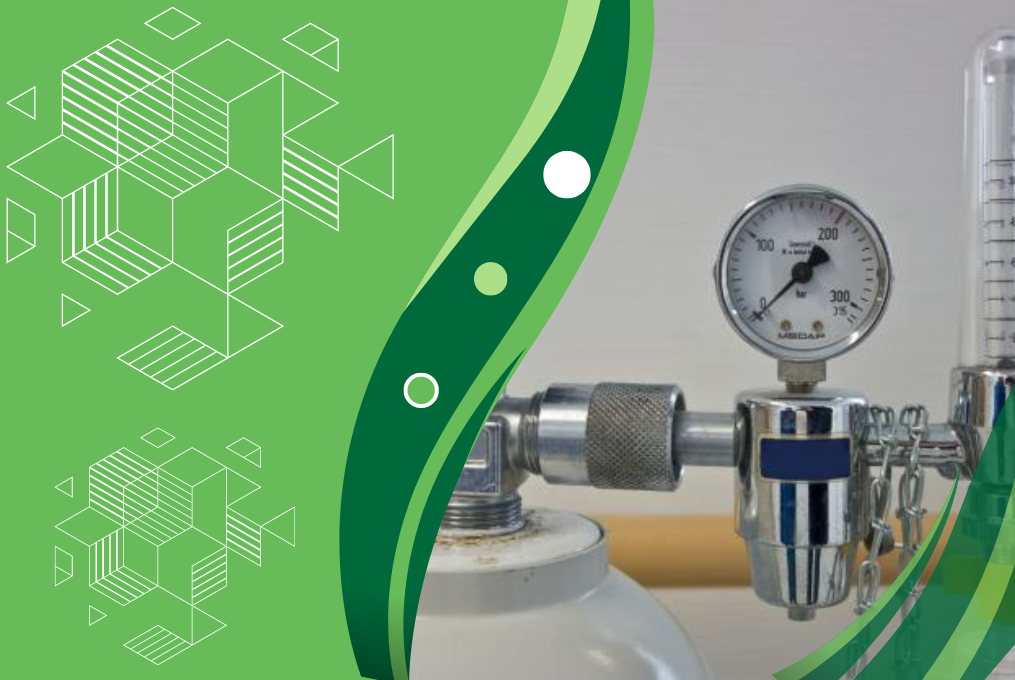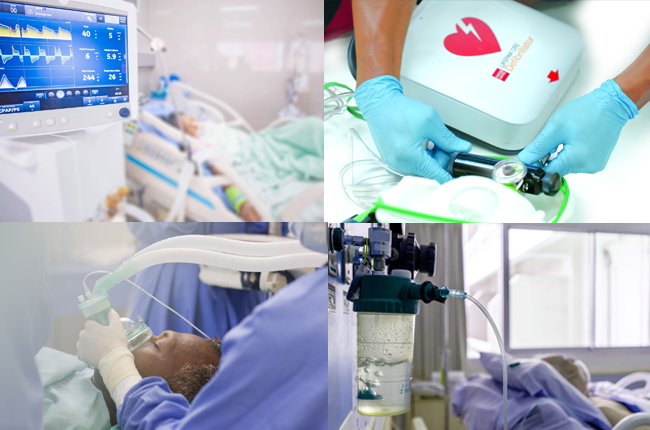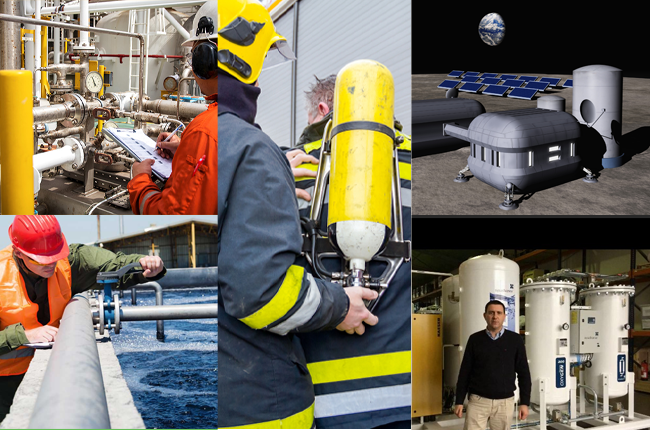Oxygen Gas: Essential Uses in Healthcare and Beyon

Oxygen gas is a vital part of life on Earth. It is a colorless, tasteless, and odorless gas that makes up about 21% of the Earth's atmosphere. We need oxygen to breathe, but its importance goes far beyond keeping us alive. Oxygen gas has many essential uses in healthcare and other fields. Let's explore some of these important uses.
Oxygen in Healthcare

Medical Oxygen Therapy
One of the most common uses of oxygen gas is in medical oxygen therapy. People with breathing problems, such as asthma, pneumonia, and chronic obstructive pulmonary disease (COPD), often need extra oxygen.
Medical oxygen is supplied through oxygen tanks or concentrators; patients breathe it in through masks or nasal tubes. This helps them get enough oxygen into their blood, improving their health and quality of life.
Surgery and Anesthesia
During surgeries, patients must be given anesthesia, which often includes a mix of gases like oxygen and nitrous oxide. Oxygen is crucial here because it helps keep the patient stable and ensures that their body tissues get enough oxygen while unconscious.
Intensive Care Units (ICUs)
In intensive care units, patients with severe health conditions are closely monitored. Many of these patients need continuous oxygen support to maintain their oxygen levels. Oxygen therapy is a vital part of the treatment for patients with heart failure, severe infections, or trauma.
Emergency Medicine
In emergencies, oxygen can be a lifesaver. For instance, in cases of heart attacks, strokes, or severe injuries, providing oxygen quickly can make a significant difference. Emergency medical teams always carry portable oxygen tanks to help stabilize patients before they reach the hospital.
Oxygen Beyond Healthcare

Industrial Use
Oxygen is essential not only in healthcare but also in several industrial uses. For example, in the steel manufacturing industry, oxygen is used to help burn impurities out of the metal, making it stronger and more durable.
Water Treatment
Oxygen plays a crucial role in water treatment processes. It helps break down pollutants and harmful substances in water, making it safer for human consumption and the environment. Oxygenation helps treat sewage and industrial wastewater, ensuring cleaner water is released back into nature.
Space Exploration
Astronauts rely on oxygen for survival in space. Spacecraft are equipped with oxygen supplies to ensure astronauts can breathe in the vacuum of space. Moreover, oxygen is used in rocket propulsion systems to help fuel combustion, enabling rockets to launch into space.
Firefighting
In certain types of firefighting, especially in confined spaces like submarines or aircraft, oxygen is used in breathing apparatuses for firefighters. This allows them to safely enter smoke-filled or oxygen-depleted areas to rescue people and extinguish fires.
Aquaculture
In fish farming or aquaculture, oxygen is added to water to ensure that fish and other aquatic organisms have enough oxygen to survive and grow. This is essential for maintaining healthy fish stocks and ensuring a stable food supply from aquaculture operations.
Conclusion
Oxygen gas is an essential part of our world. Its uses in healthcare save countless lives daily by supporting patients with breathing problems, aiding in surgeries, and providing critical care in emergencies. Beyond healthcare, oxygen is vital in various industries, from steel manufacturing to water treatment, space exploration, firefighting, and aquaculture.
Understanding the importance of oxygen can help us appreciate the many ways this simple gas supports life and advances technology. Whether it is helping a patient breathe easier or enabling a rocket to launch into space, oxygen gas is genuinely indispensable in many aspects of our lives.
Cutting application in Sheet metal fabrication (Heavy movement equipment- Railways )
Points to be added
Oxyfuel Cutting -.8mm to 300mm cutting of MS Steel (CR AND HR)
Fiber laser cutting -.8mm to 60mm cutting of MS Steel (CR AND HR)